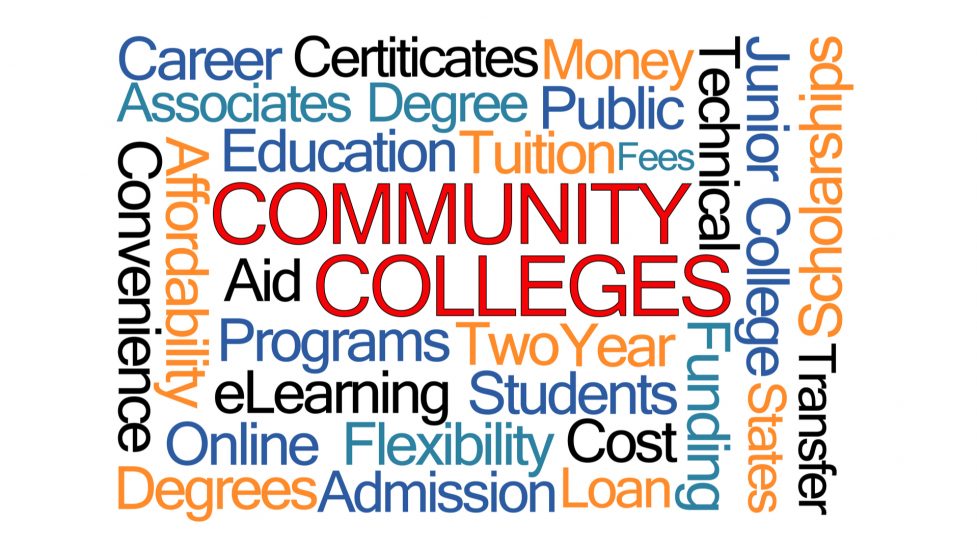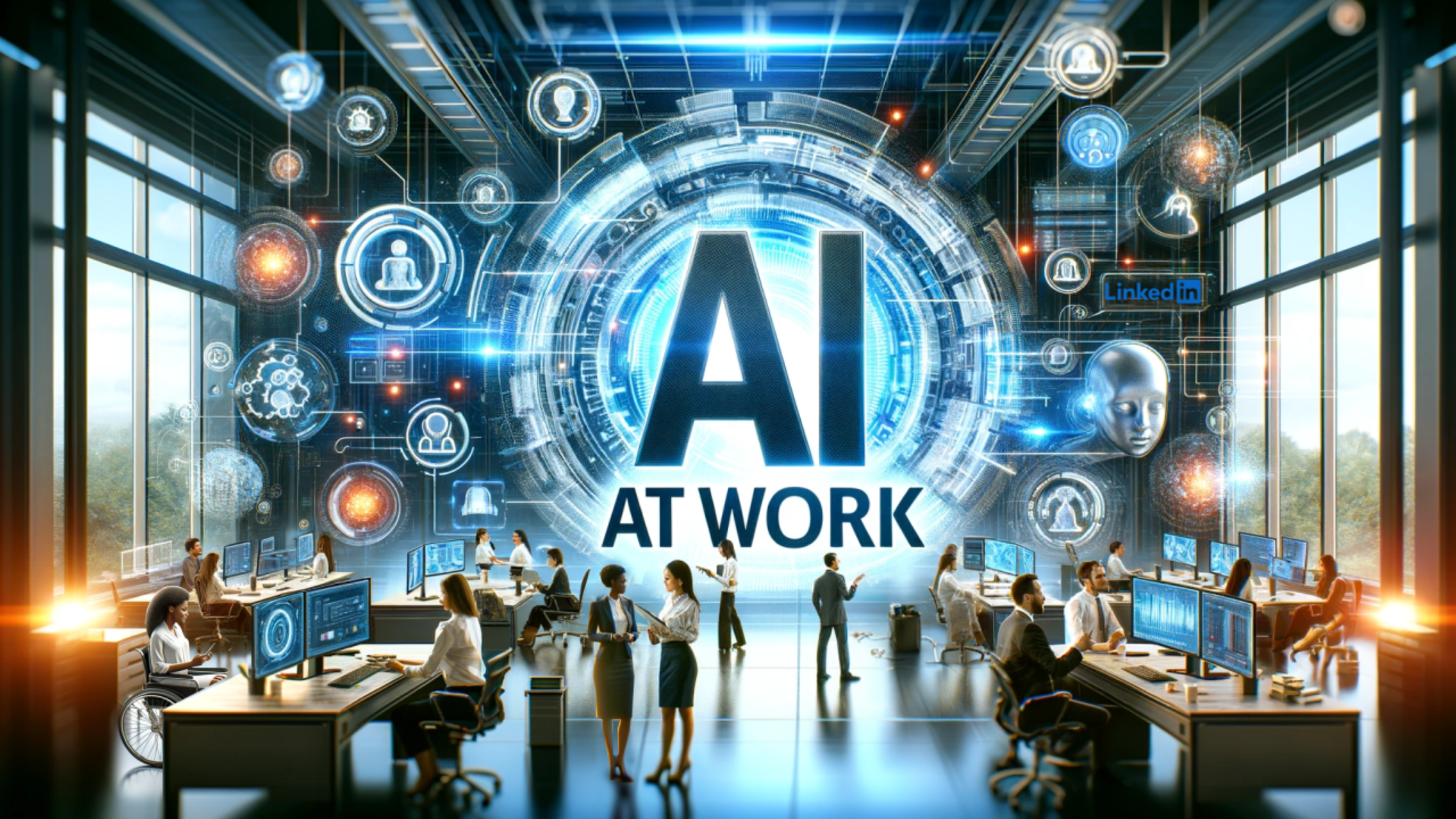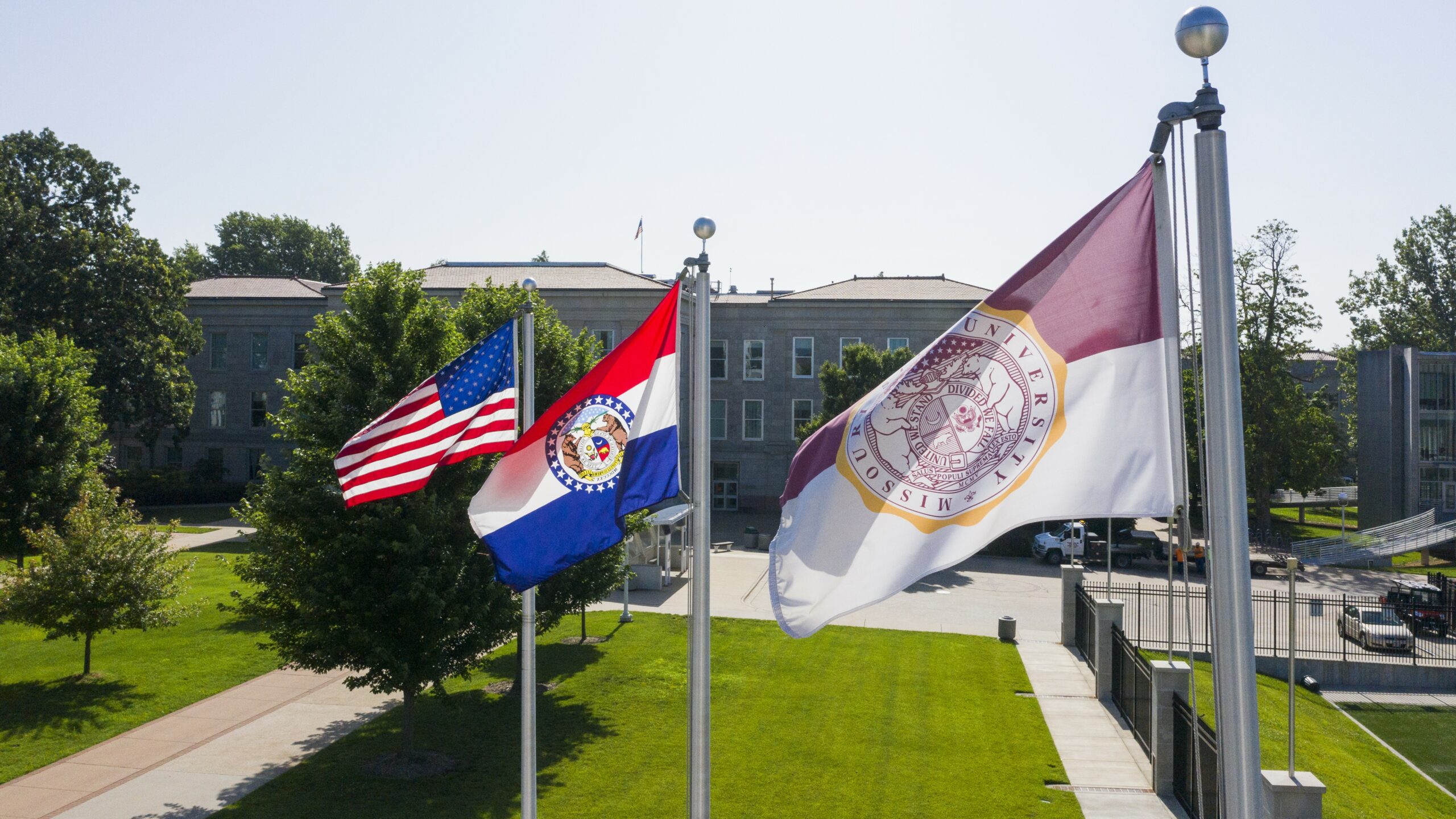What is it going to take for American workers who have lost their jobs due to COVID-19 to find employment? What post-COVID path should students take to get into the job market?
A new report offers one solution: the nation’s 1,100 two-year community and technical colleges.
Prior to the pandemic, Opportunity America convened a working group of educators and education policy thinkers to examine community college workforce education. Now, with the release of the report The Indispensable Institution—Reimagining Community College, its authors say the importance of the two-year institution is even more vital.
“Among the most profound likely consequences of COVID-19: it will hasten the arrival of what we once called the ‘future of work.’ Americans at all education levels will need to adjust. But the burden is likely to weigh most heavily on workers with less education and fewer in-demand skills. And many who were thrown out of work by the virus will find it necessary to learn new skills before they can re-enter the labor market. Many—perhaps millions—will need quick, job-focused upskilling and reskilling,” the report argues.
It concludes: “Community colleges have an opportunity to embrace a new, more ambitious role—to accept and champion that they are the nation’s primary provider of job-focused education and training.”
“Community colleges have an opportunity to embrace a new, more ambitious role—to accept and champion that they are the nation’s primary provider of job-focused education and training.” — Opportunity America Report
Opportunity America recently held a webinar to discuss the report findings and WorkingNation listened in. Webinar participants included experts who were part of the report’s working group, as well as others who offered their responses to the report’s recommendations.
The Need for Some Postsecondary Education
“The digital revolution, automation, and artificial intelligence are changing the paths to the middle-class technologies, eliminating jobs, and making it harder for some people to reach or stay in the middle class,” says Tamar Jacoby, president of Opportunity America.
“The digital revolution, automation, and artificial intelligence are changing the paths to the middle-class technologies, eliminating jobs, and making it harder for some people to reach or stay in the middle class.” — Tamar jacoby, Opportunity America
She adds that people often think that the differentiation between the haves and the have-nots is a bachelor’s degree, but “a more consequential and distressing divide is the divide between people who have any kind of postsecondary education or training, and people who have no postsecondary education or training at all, just a high school diploma.”
Anne Kress is president of Northern Virginia Community College. She says, “If I hear one more person say, ‘Not everyone needs to go to college, you can just go to work,’ as though they’re in opposition, that is not a good message to send. The reality is you need some postsecondary education to go to work.”
The Bureau of Labor Statistics (BLS) compared median weekly earnings in the third quarter of 2019 among full-time workers over 25. Among the figures cited—those without a high school diploma had earnings of $606, high school graduates earned $749, and those with some college or an associate degree had earnings of $874.
Kress says community colleges as providers of academic and workforce skills are highly important and must be inclusive. She says, “Funding of the programs that are most likely to connect students to employment are not inexpensive. If we want to truly provide equity and access, we can’t simply pass along the costs of those programs to the student we want to enroll, right? We need to fund our institutions equitably so that the full diversity of our community can come into those programs.”
Short-Term Programs that Lead to Jobs
Robert Schwartz, Harvard Graduate School of Education senior research fellow, adds, “Short term credentials have to be part of the answer. We have this huge army of newly displaced workers, many of whose jobs are unlikely to come back and we’ve got to figure out a way pretty quickly to convert this crisis into an opportunity to get people started on rescaling.”
Monty Sullivan is president of Louisiana Community and Technical College System. He notes, “We are close to the market. And by that, I mean, the time frame of credentials—in terms of access and nimbleness to the market—our colleges are right there on the cutting edge. Our focus becomes trying to identify those credentials that are going to have the greatest economic value for our students.”
“Our focus becomes trying to identify those credentials that are going to have the greatest economic value for our students.” — Monty Sullivan, Louisiana Community and Technical College System
Sullivan says that thinking led to the elimination of about 700 programs in his system. He adds, “The programs need to be aligned with the needs of the regional economy, but the credential must be transportable at a national level.”
Sullivan says there has been an increase in the number of students enrolling in workforce non-credit programming, but they cover costs on their own or depend upon state funds. “Why shouldn’t the Federal Pell Grant be used? Particularly when we’re finding that those workforce credentials are oftentimes more valuable financially in the marketplace than degrees.”
Experts Share Their Perspectives on the Recommendations
Some speakers who were not part of the working group offered their thoughts on the report and its findings.
Anthony P. Carnevale is the director of the Georgetown University Center on Education and Workforce and offers a word of caution. “One worry I have is that if we over-focus on the community college as a capstone, we’re going to be denying access to the B.A. There are two or three problems with that. There will be substantial job growth in middle-skill jobs that require more than high school, but less than a B.A. But most of the job growth has been in the B.A. and will continue to be in the B.A. when we go forward.”
He notes there is a solution to that concern, “I think the answer is community colleges needs to be freed up to give B.A.s. That is already happening in the country, 22 states or so, almost all in the south and west.”
Joshua Wyner, vice president at the Aspen Institute, says, “We also need better bachelor’s degree alignment with community colleges. If we want to prepare people for the workforce, we have to get better at transferring bachelor’s attainment for community college students. We’ve got to get better at equity and dismantling the structures that lead to deep inequities and stratification in who gets a bachelor’s degree in this country.”
President Annette Parker of South Central College in Minnesota notes that her institution has three missions, “We do customized continuing education. We do career and technical education. And we do liberal arts and transfer.”
“Just nine percent of lower-income community college students obtain a four-year credential in six years, compared to some 20 percent of better-off students,” according to the report. In response to that finding, Parker says, “The reason why that is, is our students are working adults. They can’t be full-time. So how do you work with your employers on workplace learning? So they can be working at a job that will give them skills and value once they attain their degree. I think that that’s what we need to do more of, so that students don’t take six years to get to a degree.”
“Just nine percent of lower-income community college students obtain a four-year credential in six years.” — Opportunity America report
Angie Datta Kamath is dean for continuing education and workforce development at City University of New York. She says, “I look to this kind of post-COVID world and say, ‘let’s get some real clarity.’”
She notes the importance of different pathways for different learners. “The notion of guided pathways for workforce programs, I thought was also really interesting. Making it clear—say you’re an entry-level individual, maybe a young adult wants a non-degree pathway. Here’s a set of trainings for secondary options that are really helpful.”
“I also think about mid-career folks who have lost their jobs—plenty of folks that have a degree or some college that might just want to come back for something short-term.”
The report says, “The best programs will teach both technical and human skills.” Kamath notes, “We talk a lot about the future of work. Yet, I don’t know that we talk enough about who is teaching the future of work skills. So the community colleges, the non-credit sides—we have to make a huge investment in the professional development of our education workforce.”
“Our Mission is Unique”
Sullivan says two-year institutions have defined themselves over the last 50 years in relation to the rest of higher education. But he notes, “We are democracy’s college. We are mobility. We are the opportunity to change lives. And for us to define ourselves in the context of others, fails to get at the real core of the mission.”
“At no time in our nation’s history, at least in my lifetime, have two-year colleges or education in general, been more important than right now in the middle of a pandemic, in the middle of the social unrest that we’re facing today.”
The report concludes, “Few institutions are better positioned to provide what’s needed than the nation’s two-year community and technical colleges. Can they live up to their potential as the nation’s indispensable institution?”
The report was supported by the JP Morgan Chase Foundation and Lumina Foundation. Click on this link for more report details and access to the webinar video: The Indispensable Institution—Reimagining Community College.











